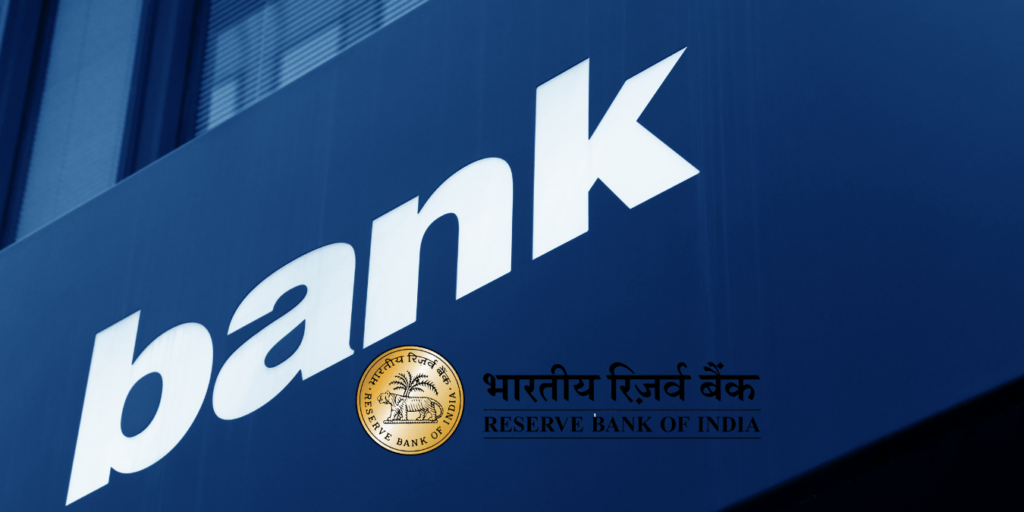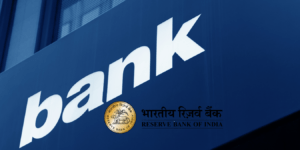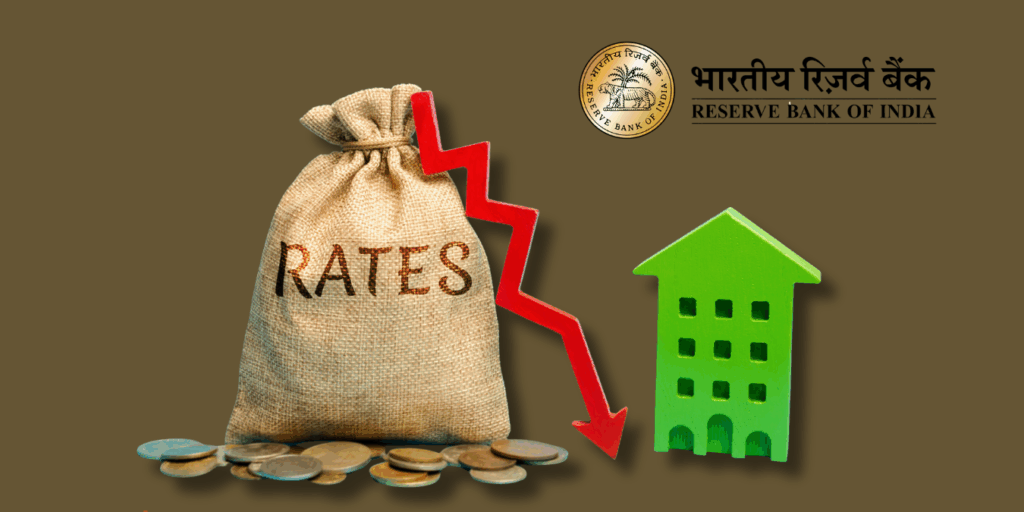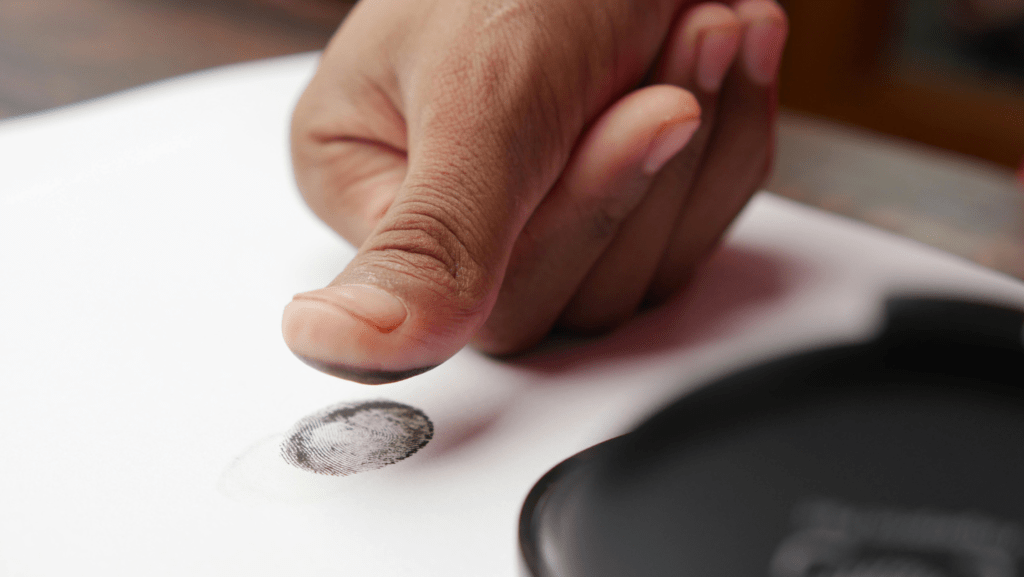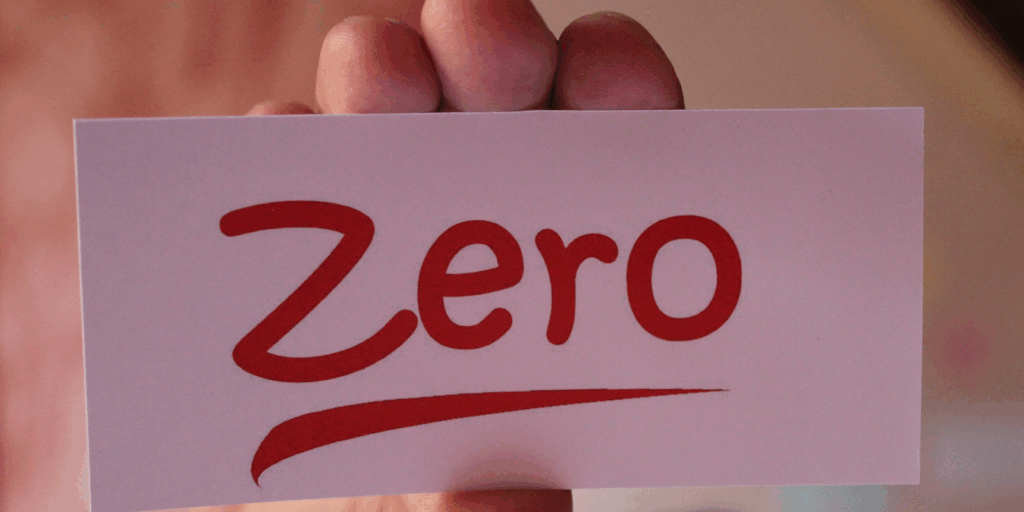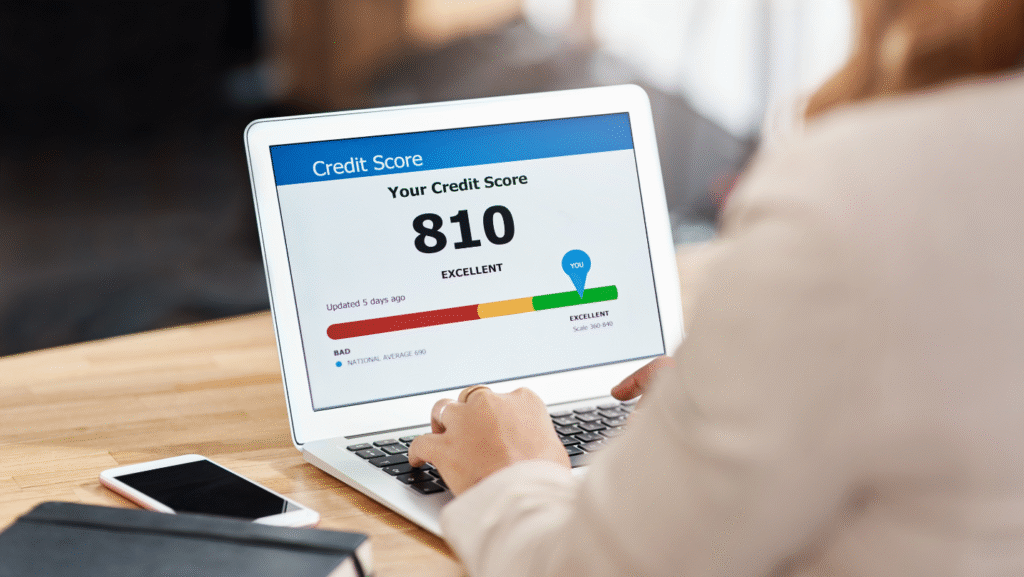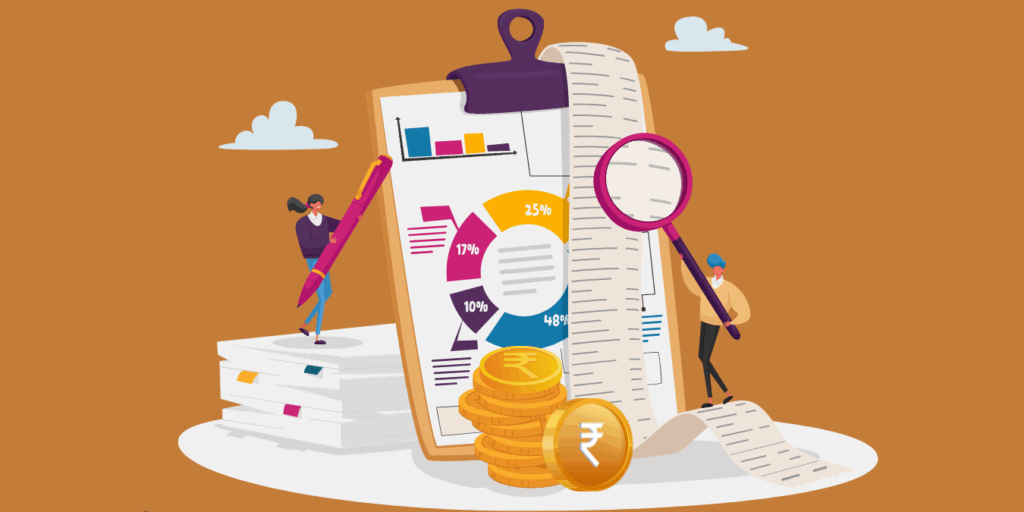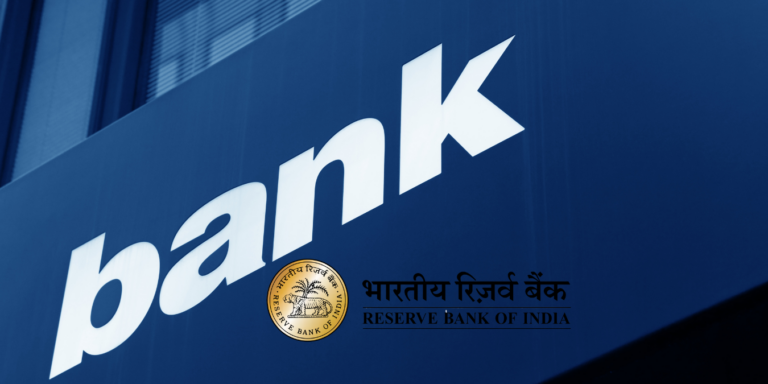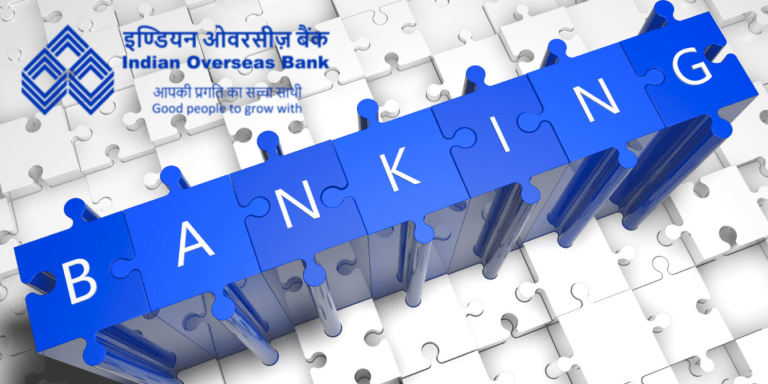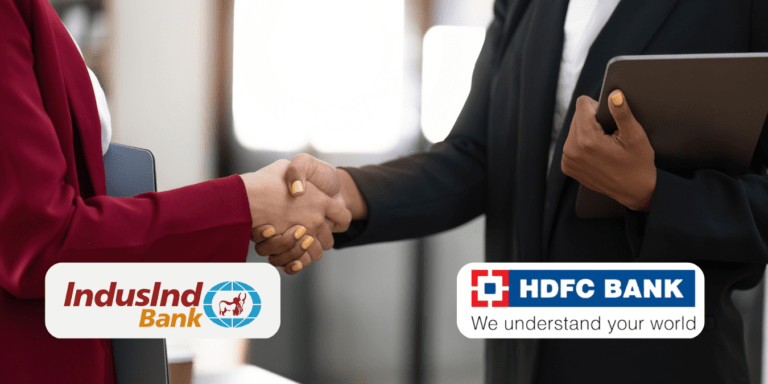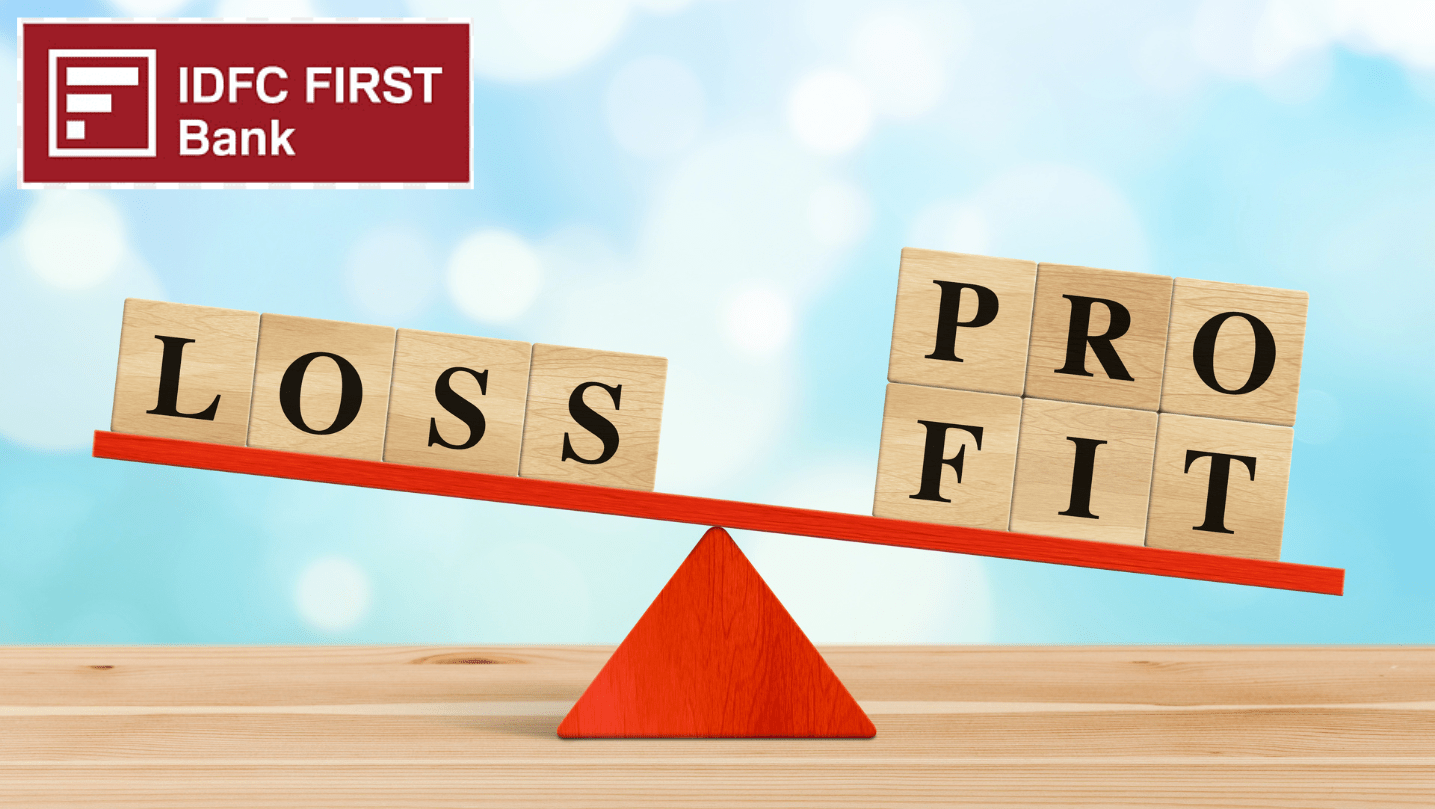
IDFC First Bank Q4 FY25 reports a 59.61% decline in consolidated net profit due to microfinance challenges. Key insights on financial performance, NPA trends, and recovery strategies. Will the bank bounce back? Read the full analysis now!
IDFC First Bank has been a prominent player, known for its robust retail banking and digital innovation. However, the bank’s recent financial performance for the fourth quarter of the financial year 2024-25 (Q4 FY25), ending March 31, 2025, has raised eyebrows. The bank reported a consolidated net profit of ₹295.6 crore, marking a steep 59.61% decline compared to ₹731.9 crore in the same quarter of the previous year (Q4 FY24). This significant drop, primarily driven by challenges in the microfinance portfolio, has sparked discussions among investors and analysts. In this blog, we dive deep into the reasons behind this decline, analyse key financial metrics, and explore what lies ahead for IDFC First Bank, incorporating the latest data.
Understanding the Q4 FY25 Financial Performance
IDFC First Bank’s Q4 FY25 results, announced on April 26, 2025, reflect a challenging quarter. The consolidated net profit plummeted to ₹295.6 crore from ₹731.9 crore in Q4 FY24, a decline of 59.61%. On a standalone basis, the net profit was slightly higher at ₹304 crore, but it still represented a 58% year-on-year (YoY) drop from ₹724 crore in the corresponding quarter of FY24. This performance fell short of market expectations, with analysts polled by CNBC-TV18 estimating a net profit of ₹359.6 crore.
The primary culprit behind this decline was the worsening asset quality in the bank’s microfinance portfolio. Provisions and contingencies surged to ₹1,450 crore in Q4 FY25, doubling from ₹722 crore in Q4 FY24, largely due to higher slippages in the microfinance segment. Fresh slippages during the quarter amounted to ₹2,175 crore, with ₹572 crore attributed to the microfinance book.
Despite the profit decline, the bank showcased resilience in other areas. Net Interest Income (NII), the difference between interest earned on loans and interest paid on deposits, grew by 9.8% YoY to ₹4,907.1 crore from ₹4,468.9 crore. However, this figure missed analyst estimates of ₹5,080.2 crore. The bank’s customer deposits also saw robust growth, rising 25.2% YoY to ₹2,42,543 crore, with retail deposits increasing by 26.4% to ₹1,91,268 crore. The CASA ratio remained strong at 46.9%, reflecting the bank’s solid deposit franchise.
Microfinance Portfolio: The Achilles’ Heel
The microfinance portfolio has emerged as a significant pain point for IDFC First Bank in FY25. The portfolio, which constitutes 4% of the bank’s total loan book (down from 6.6% in FY24), contracted by 28.3% YoY. This reduction was a strategic move to mitigate risks associated with rising non-performing assets (NPAs) in this segment. The bank reported Gross NPA (GNPA) at 1.87% (improved from 1.94% in Q3 FY25) and Net NPA (NNPA) at 0.53% (up slightly from 0.52% in Q3 FY25). The Provision Coverage Ratio (PCR) stood at 72.3%, indicating prudent provisioning to cover potential losses.
The microfinance sector in India has faced headwinds due to over-leveraging, economic slowdown in rural areas, and repayment challenges among borrowers. IDFC First Bank’s CEO, V Vaidyanathan, emphasized the bank’s efforts to strengthen its deposit base and reduce exposure to high-risk segments like microfinance. “Our customer deposits grew well at 25% YoY, and the CASA ratio continues to remain strong at 46.9%. Importantly, the bank’s asset quality remains resilient,” Vaidyanathan stated.
Other Key Metrics and Strategic Moves
Despite the profit setback, IDFC First Bank demonstrated strength in its funded asset book, which grew by 20.4% YoY. The bank has also been actively reducing its legacy infrastructure book, bringing it down to ₹2,348 crore (less than 1% of total funded assets) as of March 31, 2025. This de-risking strategy is aimed at fortifying the bank’s balance sheet for long-term stability.
The bank’s capital adequacy ratio received a boost following a ₹7,500 crore capital raise approved in April 2025. This included a preferential issue of equity capital worth ₹4,876 crore to Warburg Pincus and ₹2,624 crore to the Abu Dhabi Investment Authority (ADIA). The infusion raised the capital adequacy ratio from 16.1% to 18.9%, enhancing the bank’s ability to support growth in credit cards, wealth management, and other high-potential segments.
The board also proposed a dividend of ₹0.25 per share for FY25, signaling confidence in the bank’s long-term prospects despite the quarterly setback. The effect of this dividend has been factored into the capital adequacy ratio as of March 31, 2025.
Market Reaction and Stock Performance
The announcement of the Q4 FY25 results led to a dip in IDFC First Bank’s share price, with the stock falling over 2% on April 26, 2025. Over the past year, the stock has declined by 21%, although it has delivered 195% returns over five years, reflecting its long-term growth potential. Analysts remain cautiously optimistic, with some recommending a “buy on dips” strategy, citing a short-term target of ₹78 and a stop loss at ₹62.
What Lies Ahead for IDFC First Bank?
Looking forward, IDFC First Bank faces the dual challenge of managing asset quality while sustaining growth in its core banking operations. The bank’s focus on retail deposits (79% of total customer deposits) and digital banking innovations positions it well to capture market share in India’s competitive banking sector. The 25% YoY deposit growth and 20% YoY advance growth in Q4 FY25 underscore its ability to attract customers and expand its loan book.
However, the microfinance portfolio will require careful monitoring. The bank’s decision to reduce exposure to this segment and bolster provisions is a step in the right direction, but sustained improvements in collection efficiency and NPA management will be critical. Posts on X have highlighted investor concerns about the microfinance book, with some labeling FY25 as a “bad year” due to the sharp profit decline and hit to Return on Assets (RoA) and Return on Equity (RoE).
The recent capital infusion from Warburg Pincus and ADIA provides a strong buffer to navigate these challenges. Vishal Mahadevia of Warburg Pincus expressed optimism, stating, “The Indian banking sector presents an exciting opportunity and is poised for long-term growth. We are excited to reinvest behind the IDFC First Bank team.”
What’s Next for IDFC First Bank
IDFC First Bank’s Q4 FY25 results reflect a challenging period marked by a 59.61% decline in consolidated net profit, driven by microfinance portfolio stress and elevated provisions. However, the bank’s strong deposit growth, improved capital adequacy, and strategic de-risking efforts provide a foundation for recovery. For investors, the current dip in IDFC First Bank’s share price may present a buying opportunity, given its long-term growth potential and robust retail banking franchise.
As the bank navigates these headwinds, its focus on digital innovation, customer-centric banking, and prudent risk management will be key to regaining momentum. Stay tuned for updates on IDFC First Bank Q4 results 2025 and its journey in India’s dynamic banking sector.
Disclaimer: The data and insights in this blog are based on publicly available information as of April 26, 2025. Always conduct thorough research or consult a financial advisor before making investment decisions.

